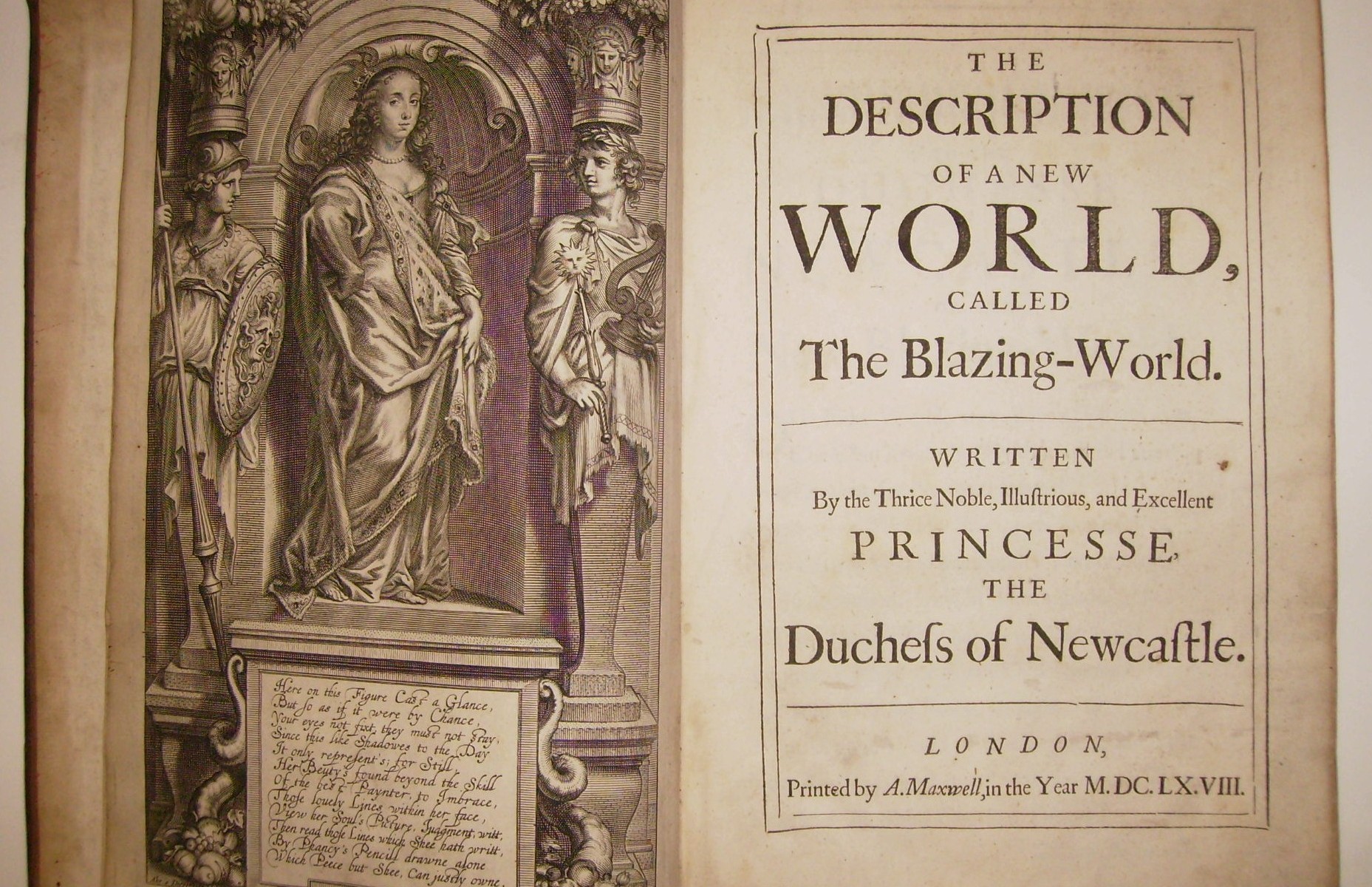St. Peter’s Church, Chelsea
Friday, June 10th
8 PM
72 , Partly Cloudy
1. The state of things becomes tangled, mingled like thread, a long cable, a skein. Connections are not always unravelled. Who will unravel this mess? Imagine the thread of a network, the cord of a skein, or a web with more than one dimension, imagine interlacing as a trace on one plane of the state that I am describing. The state of things seems to me to be an intersecting multiplicity of veils, the interlacing of which bodies forth a three-dimensional figure. The state of things is creased, crumpled, folded, with flounces and panels, fringes, stitches and lacing.
I am reading Michel Serres’ The Five Senses. I pass from “Veils” into “Boxes”, from new territory into familiar. I am reading on the train, closing my eyes, whispering each of his translated sentences in my head, feeling the connections between his words.
St. Peter’s Episcopal Church, a Gothic revival embedded in the brownstones and New School-cool of Chelsea on 20th Street and 8th. Shadowy and solemn, with serious dark-stained pews that open with hinged doors, regular quatrefoil patterns deeply carved in the wall paneling. In an upper corner, a water stain reveals hidden variegated shades of cream and green behind its dark surfaces. The ceiling penetrates downward with dramatical ogival arches, and as the sun sets over the course of the concert, simple pendant lamps hanging between them will warmly light the room. A large gilded statue of an eagle is poised to take flight on the left side of the stage. Tilework and stained glass windows shimmer behind a stage cluttered with percussion instruments, a gleaming piano, and and the paraphernalia of a new music concert: more stands than chairs by half, cables crossing the stage, mics and speakers in all the corners closest to the stage, a table with a laptop surrounded by electronic gear butting against the first pew.
Continue reading “Wet Ink: Large Ensemble Concert”
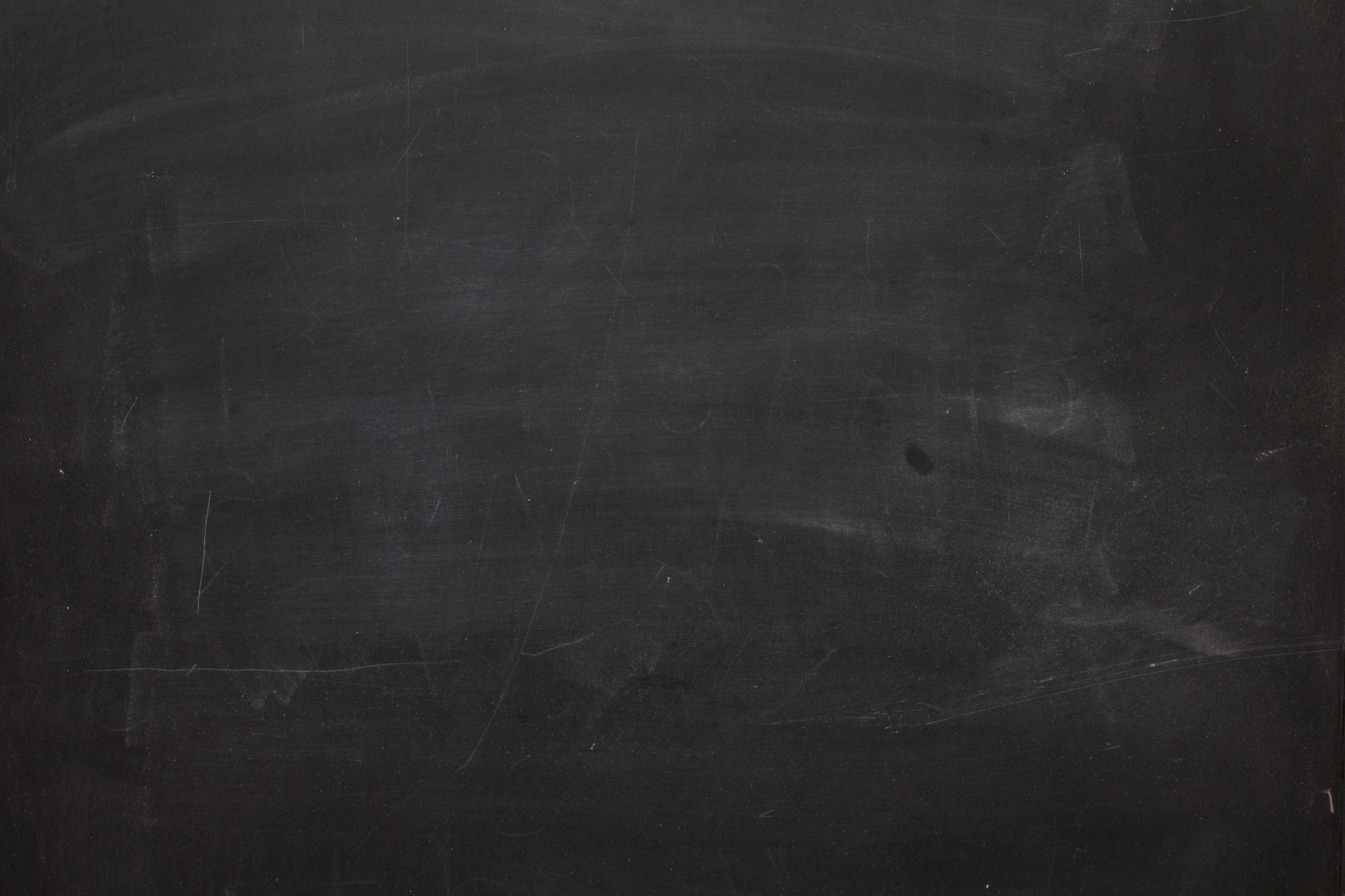
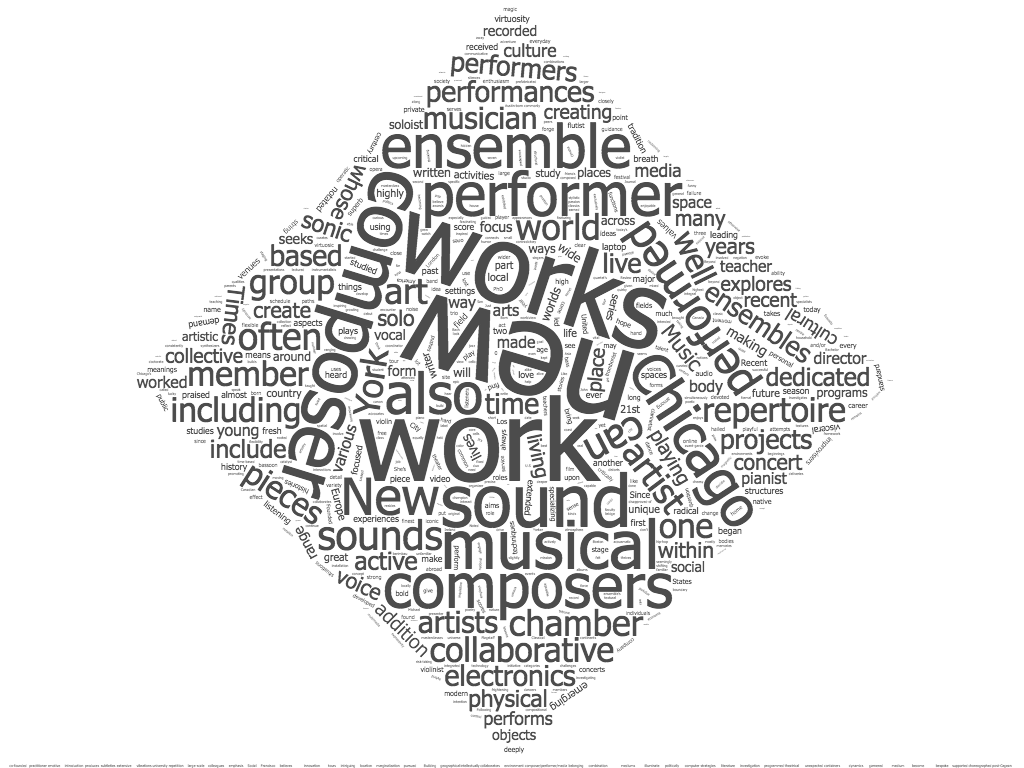
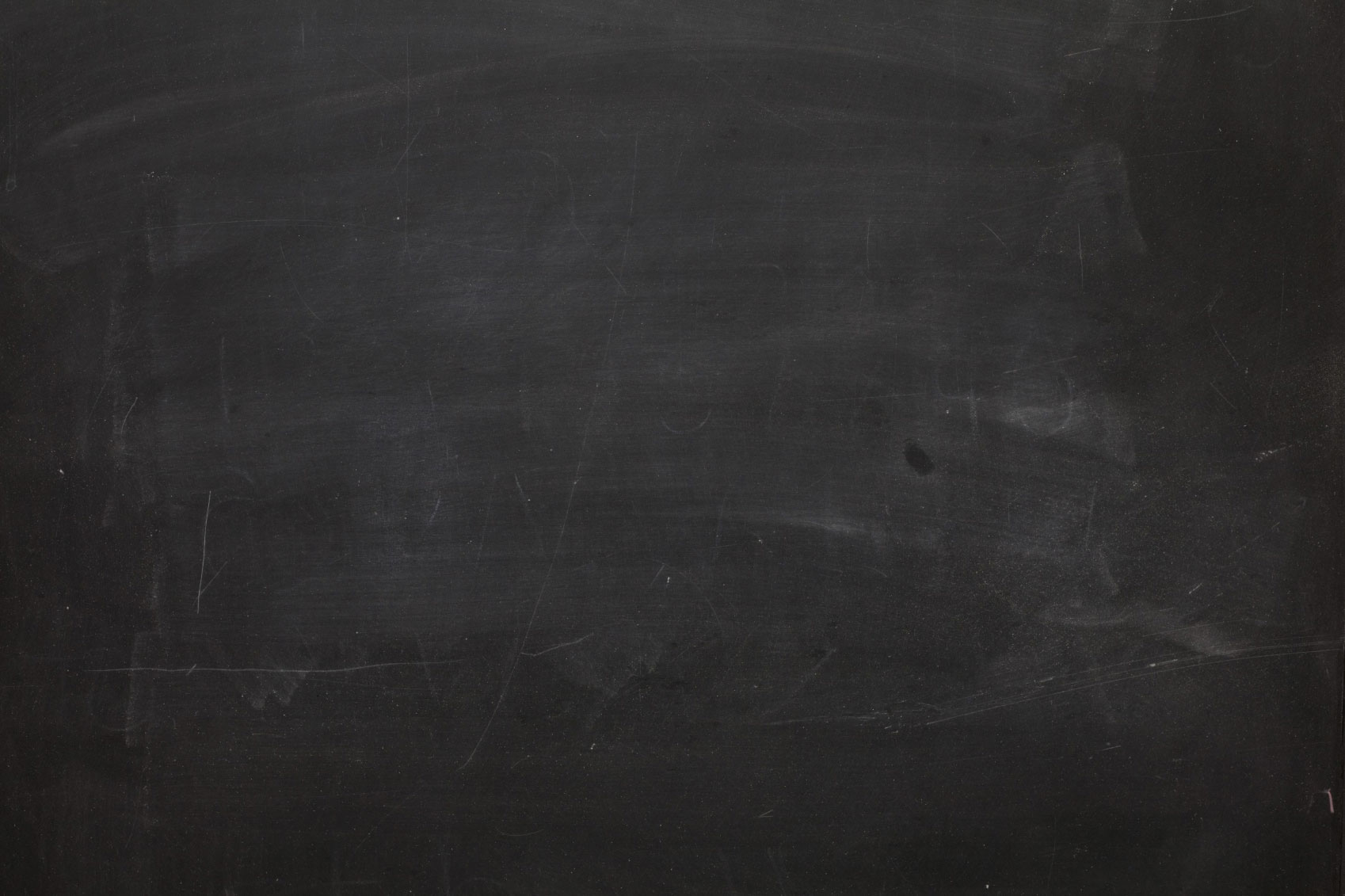

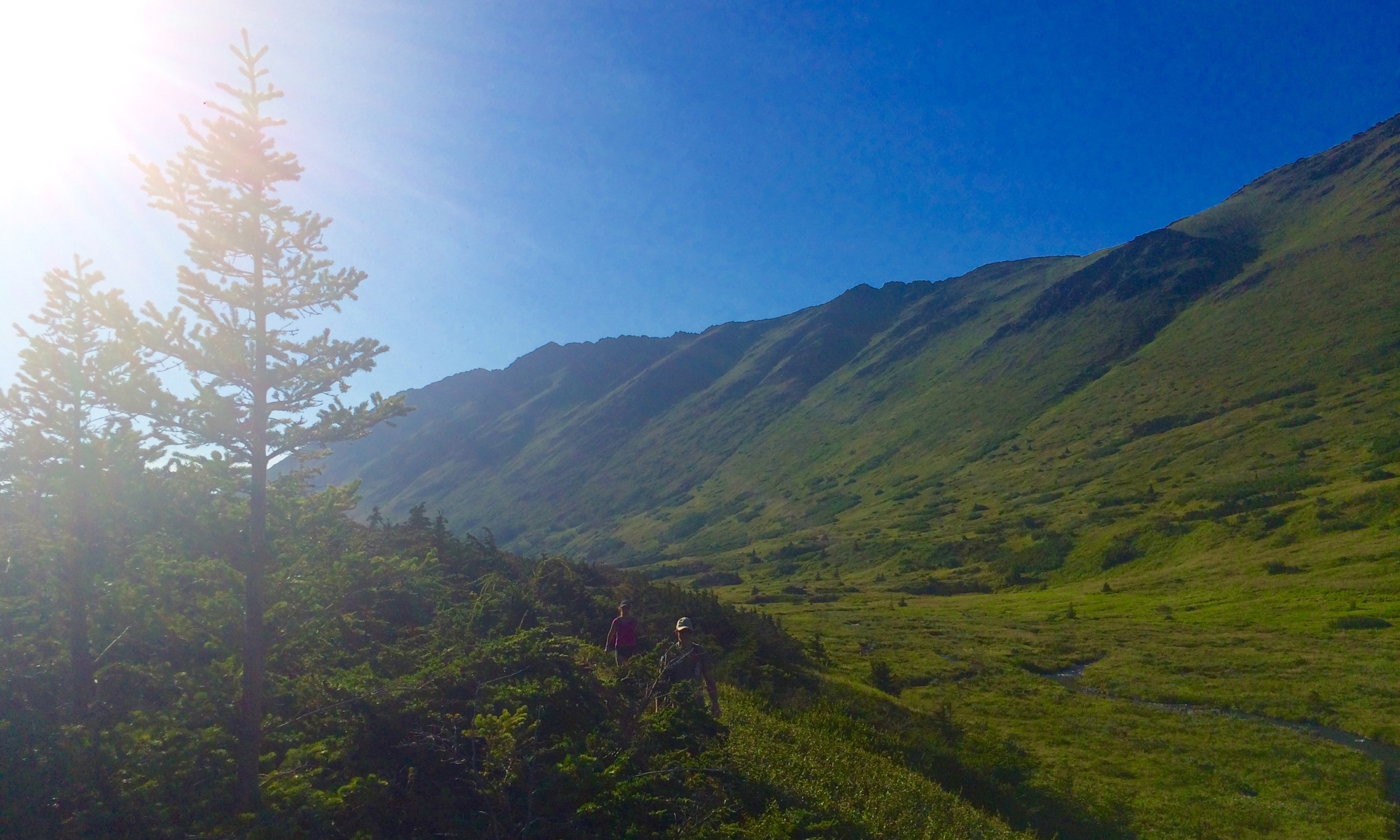
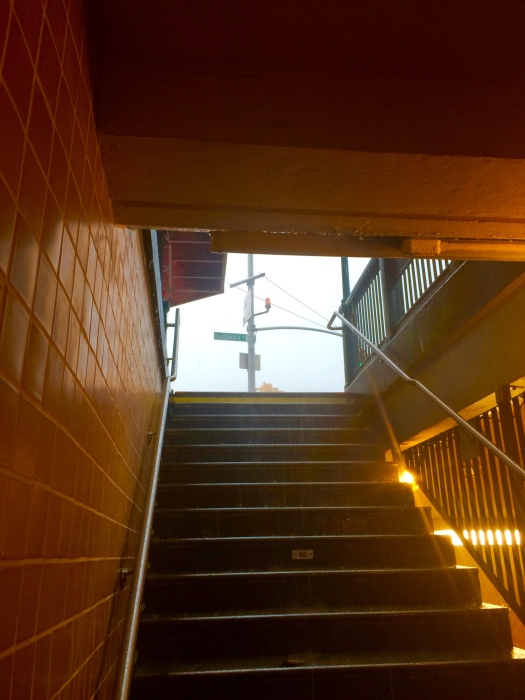 .
.